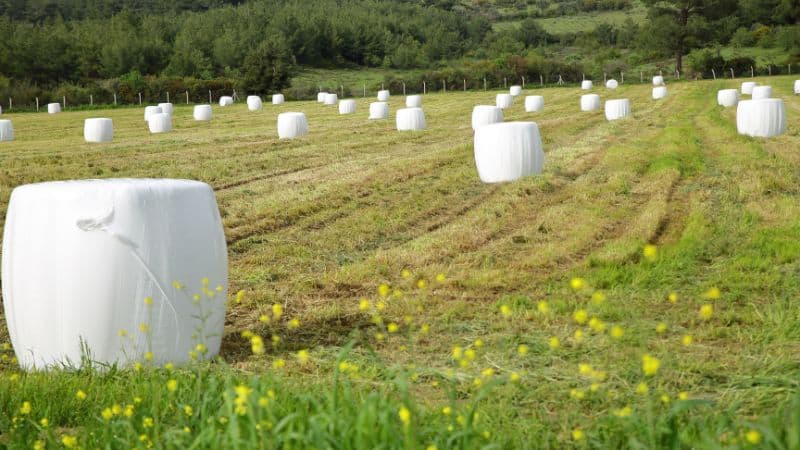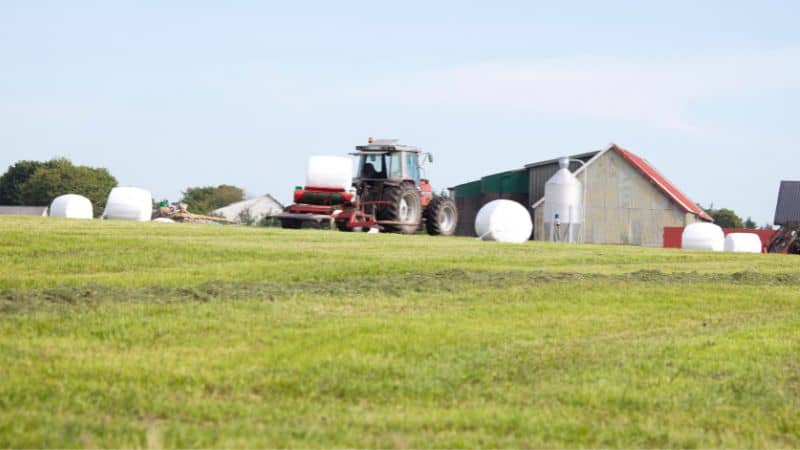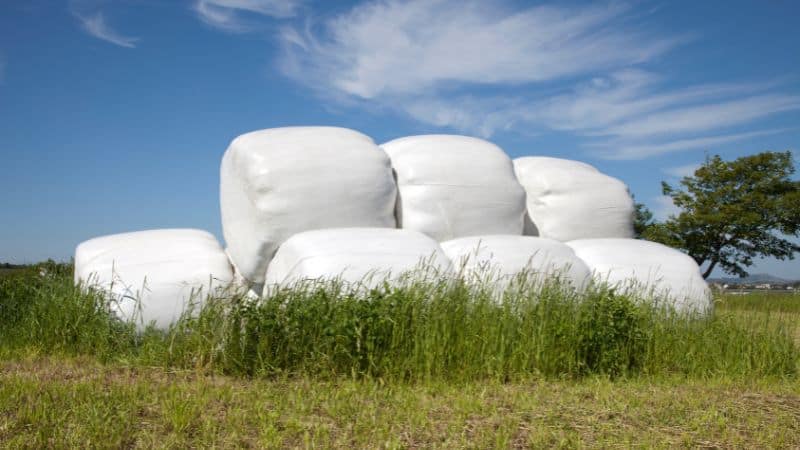Stretch film is a great way to store silage or hay. It’s sturdy and will not tear or rip easily, which makes it ideal for storing silage.
However, the stretch film can be tricky to store properly so here are some 7 tips and tricks on how to keep your roll organized:
But stretching is a process that’s prone to mistakes and losses, which can cause problems for your brand. If you want to use stretch film but aren’t sure where to store it (or how), then this article is designed to answer all your questions
What Is Silage and Stretch Film?
Silage films are generally used to keep silage, hay, and corn fresh. They preserve the nutritious value of the ingredients and prevent harmful fermentation activities.
The silage film is comprised of five layers of a unique MV LDPE and specifically formulated polymers (EVA and EBA). The technique offers high tear, puncture, and abrasion resistance together with outstanding tear, puncture, and moisture control.

1. Use the Correct Film Thickness
The correct thickness of film depends on the type of silage you are storing. If your silage is high in protein and fat, then a thicker film will be needed to prevent spoilage. If your silage has little or no protein and fat content, then a thinner film may be sufficient.
The thicknesses depend on the producer’s mills and equipment used in processing their silages and the additives were added during processing.
2. Keep It Clean and Safe
It is important to keep your stretch film clean and dry, as well as away from other contaminants. Stretch film must also be protected from dust, dirt, and chemicals.
Make sure that the area where you store your stretch film is clean and free of dust. Check If there are any signs of moisture on the surface of your packaging material. This indicates it has been exposed to water droplets or possibly even condensation build-up inside the rollers during the manufacturing process.
You should also avoid storing your product near sources such as plumbing pipes or ventilation systems where there could be high levels of humidity present at any given time. So make sure these do not come into contact with anything made out of polyester/nylon-based products because they might cause damage over time due to continuous exposure.
3. Store It Close to Where You Use It
Keep your stretch film as close to where you use it as possible. This will help ensure that the product is protected from the elements, which can damage it over time. If possible, store your stretch wrap in a cool dry place with low humidity and avoid storing any items on top of or near the storage container.
If you are storing your stretch wrap in a basement or other area where there are little air circulation and high humidity levels (such as a garage), consider purchasing an industrial-grade dehumidifier unit that can be mounted inside or outside of the room where they will be used regularly.

4. Rolled Out the Film Smoothly and Tension It
Ensure you roll out your film properly, and tension it using a baler knot.
Use a tension meter to check the tension before you start wrapping your box. The most accurate way of doing this is by hand, as you can feel when there are too many knots in your rope or if it’s not tight enough on one side or another.
You may also want to use a rope tension meter to ensure that everything is done correctly by checking multiple times throughout the process until satisfied with the results.
5. Firmly Press the Film Onto the Silage
Stretching the film over the silage is a critical step in its storage. The film must be pressed firmly onto the silage without any air gaps. Air gaps allow moisture to enter through them and cause damage or spoilage to your silage.
Air gaps can also allow insects into your stored product if they’re left open too long, which could lead to contamination issues for you and your livestock!
6. Rainwater Must be Unable to Penetrate the Film By at Least One Meter of Waterproof Sealing Material
You can use a waterproof sealer to ensure that the sillage or hay does not get wet. The best way to do this is by using a plastic sheet with a waterproof sealer applied on its surface.
In addition, rainwater must be unable to penetrate the film by at least one meter of waterproof sealing material.
7. Select an Appropriate Silage Additive
Select an appropriate silage additive. Many different types of additives can be used to improve the quality, palatability, and shelf life of your silage. The most common additives include:
- Ammonium sulfate (Ammonia) – This is used as an acidifier to reduce the risk of bloat, which occurs when a cow eats too much roughage at one time and then vomits it back up again later on in its digestive system. It’s also thought that adding ammonia might help prevent this problem from occurring; however, this isn’t always necessary since there are other ways around it such as feeding low-protein diets or adding more water when feeding during warm weather months like springtime!
- Calcium chloride – This helps keep your cows healthy by keeping their teeth strong through daily brushing sessions throughout their lives; this process prevents decay from forming inside them which could lead them to have problems chewing on tough plants like grasses etcetera… If you’re worried about how much calcium intake might affect these animals outside normal dietary requirements then consider using something called “Calcium Carbonate” instead –it works just fine without any side effects whatsoever!”
Conclusion
Silage or hay can be stored properly by properly wrapping it in stretch film. This will keep the silage or hay longer, as well as protect it from rain, wind, and sun. Silage or hay is also protected from insects and rodents.
Eyouagro is a reputable maker of stretch films. Our highly skilled technical staff and state-of-the-art production machinery ensure the superior quality of the stretch film. Many different industries, such as agriculture, transportation, fishing, and others, have utilized our goods extensively.
Send us an email at info@eyouagro.com for inquiries, samples, or visits.









